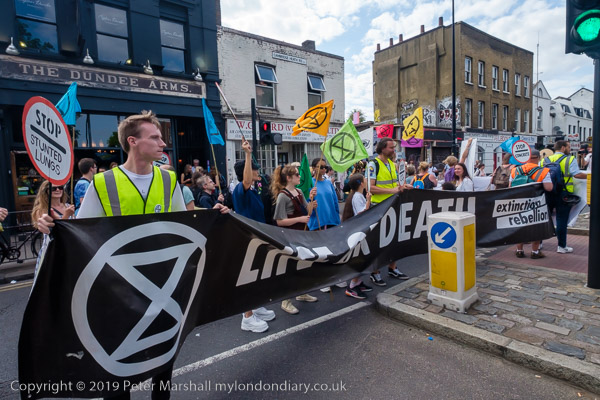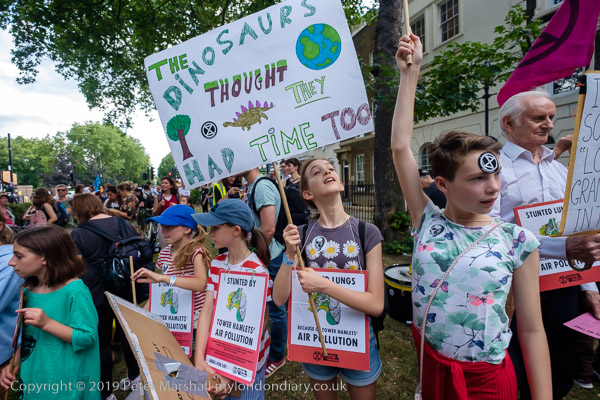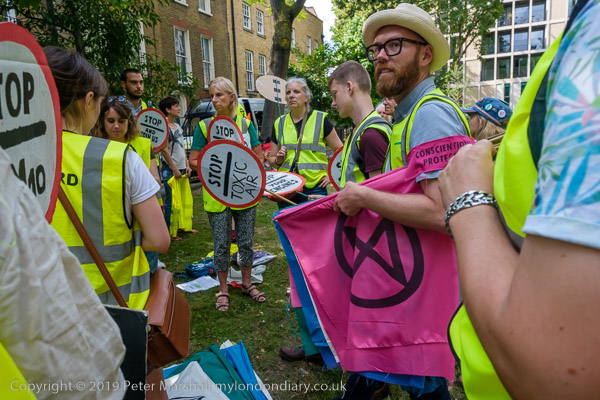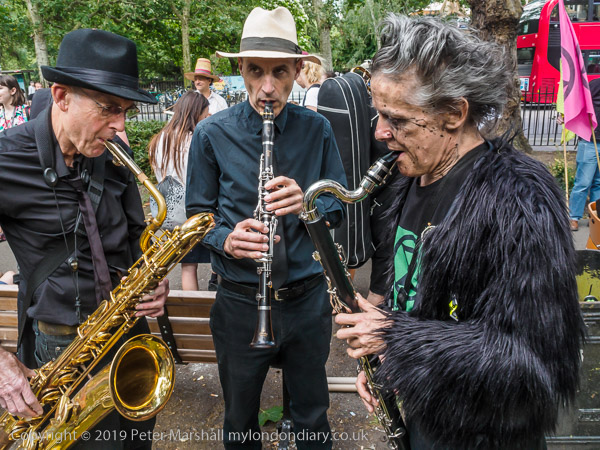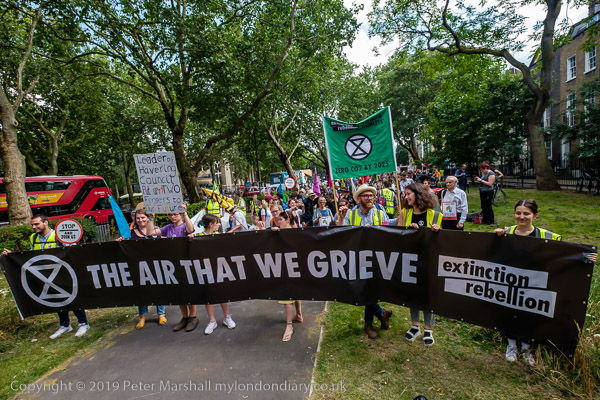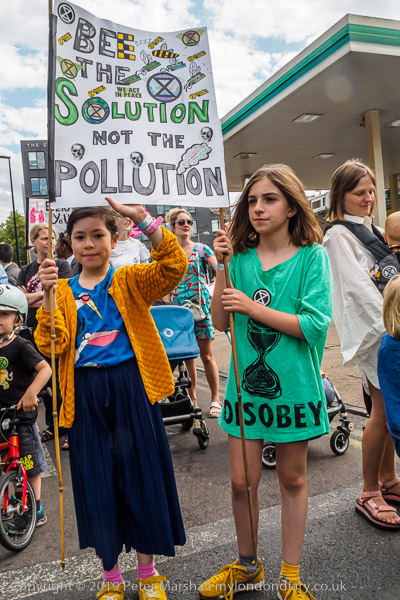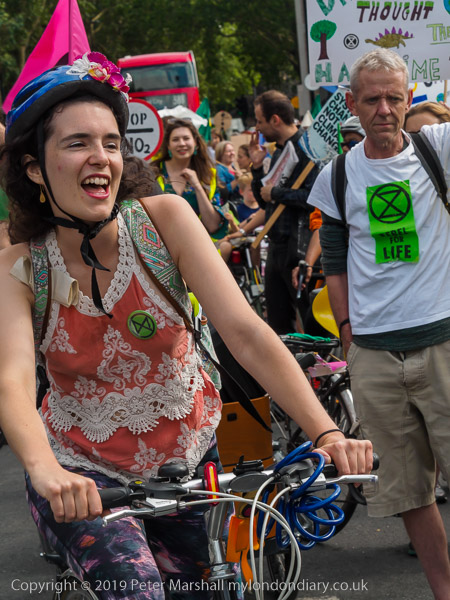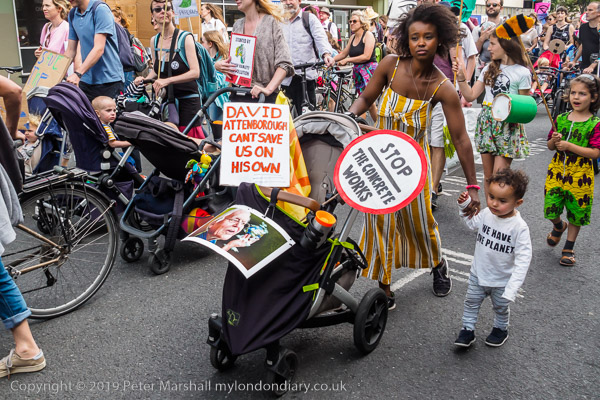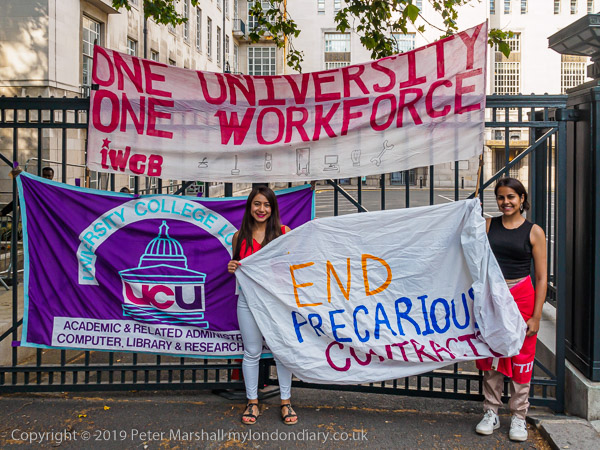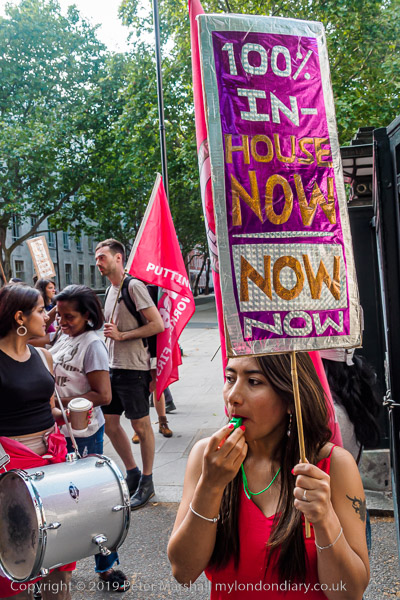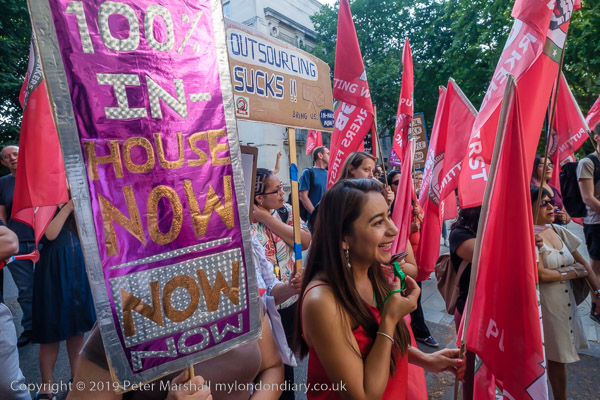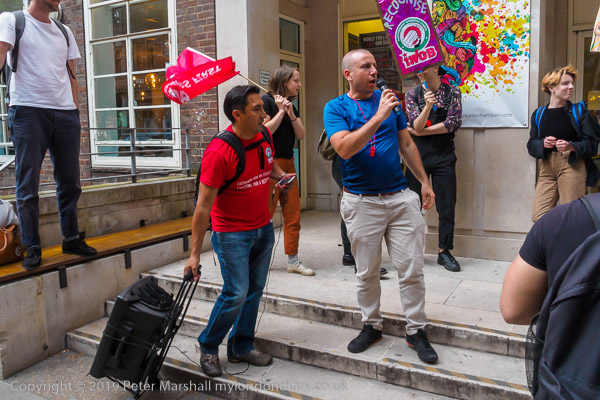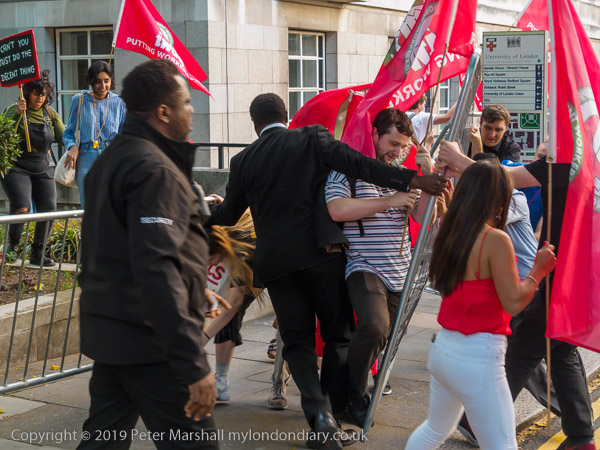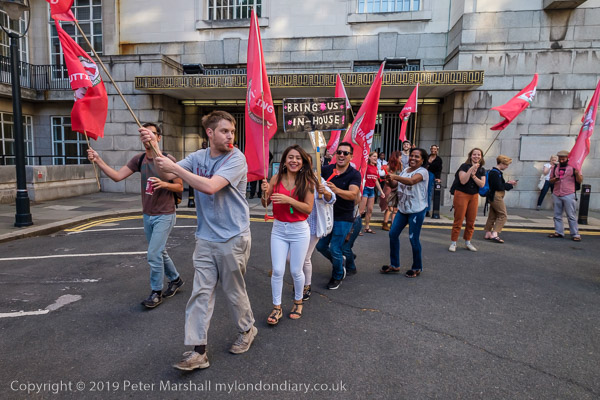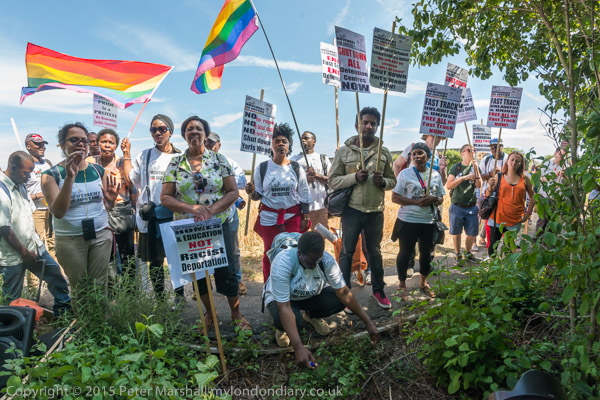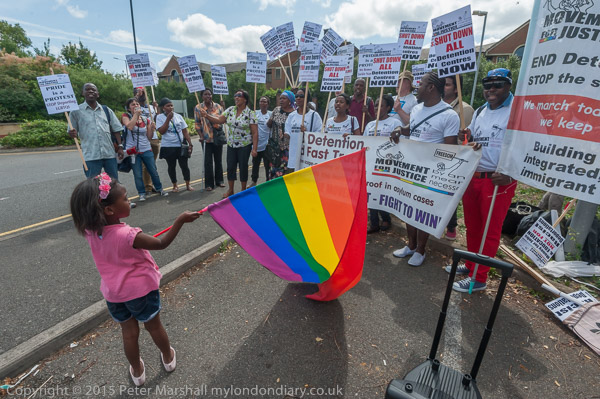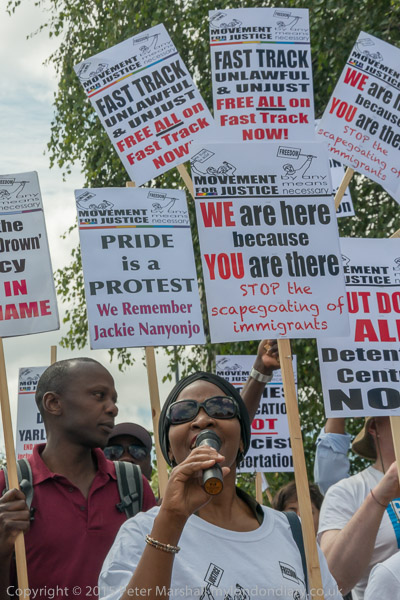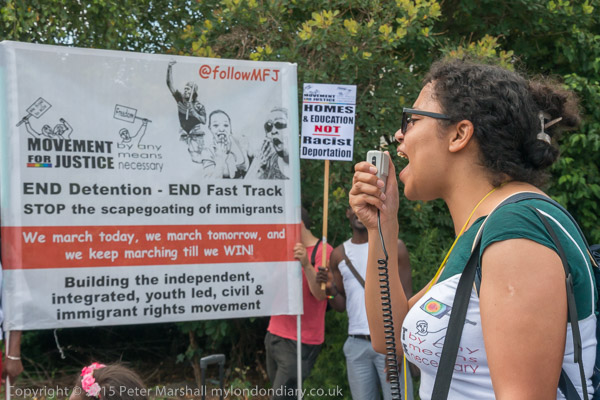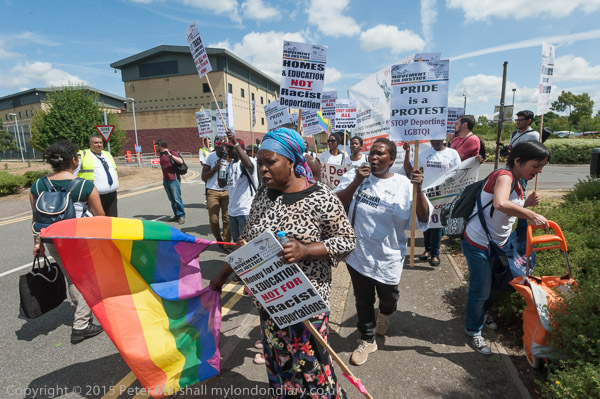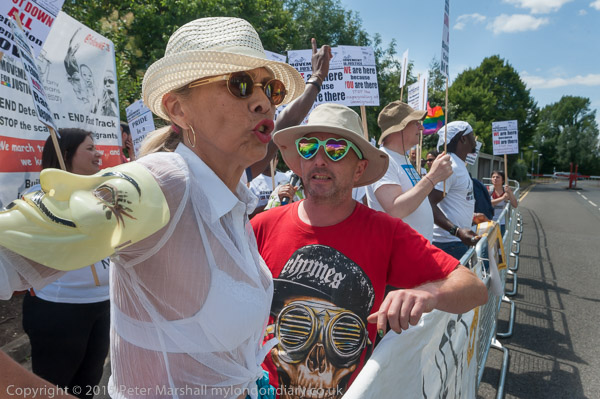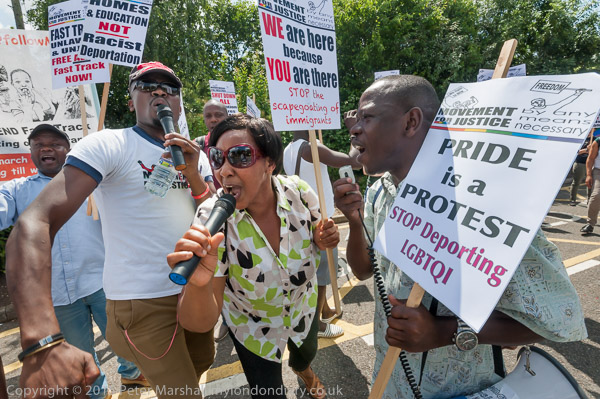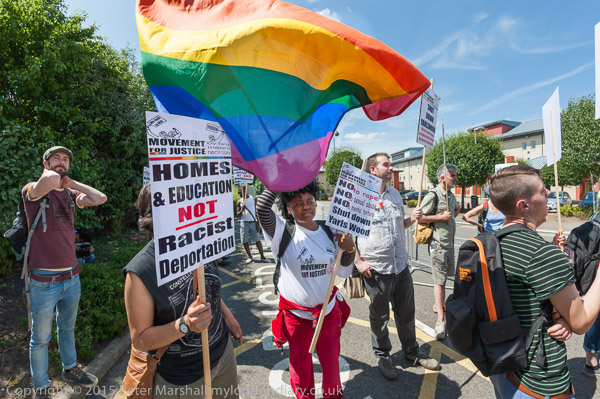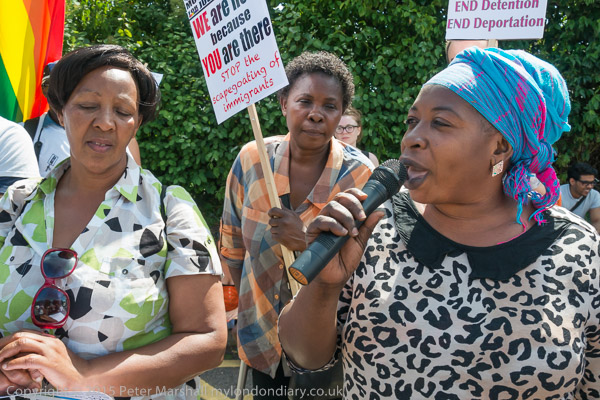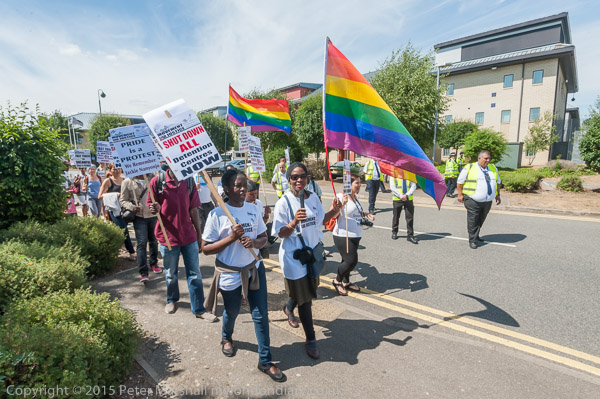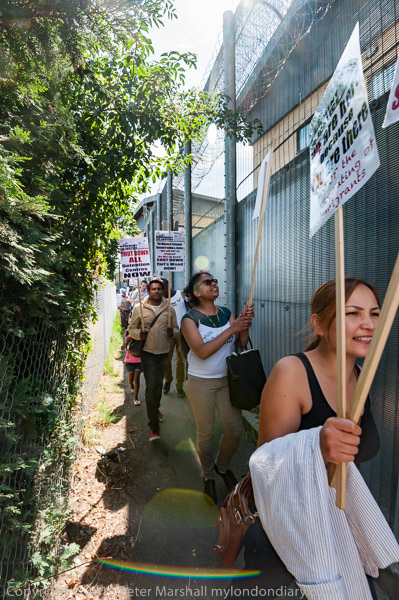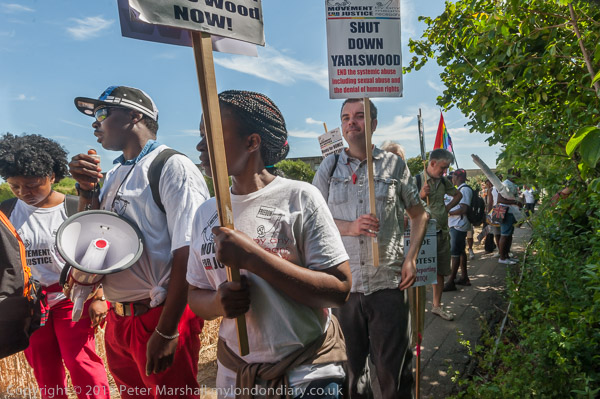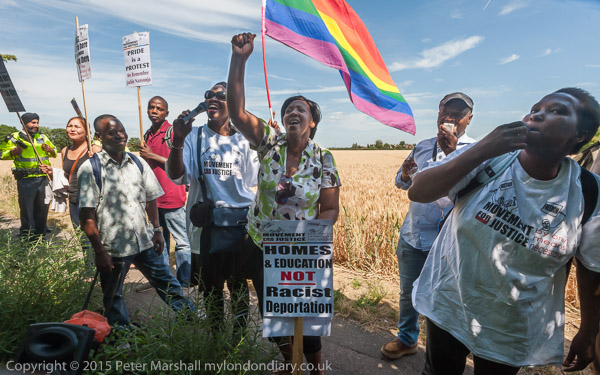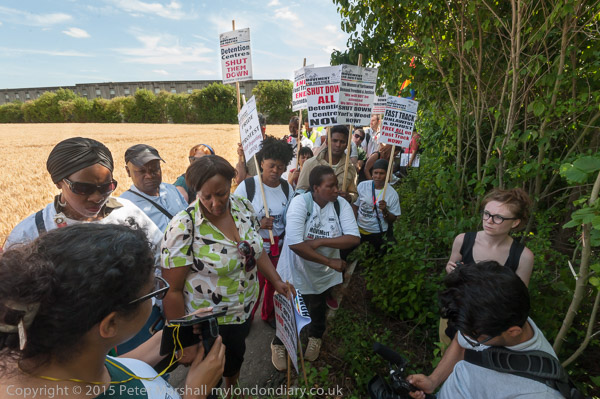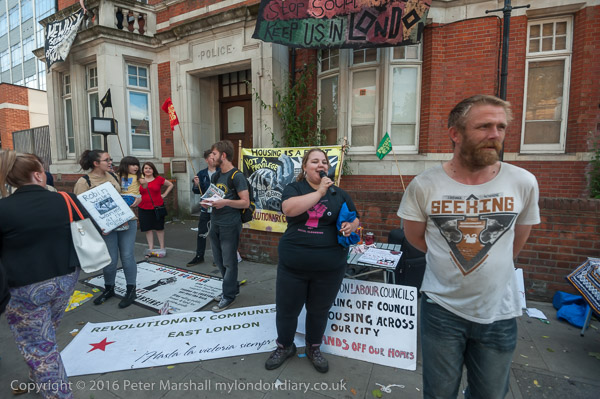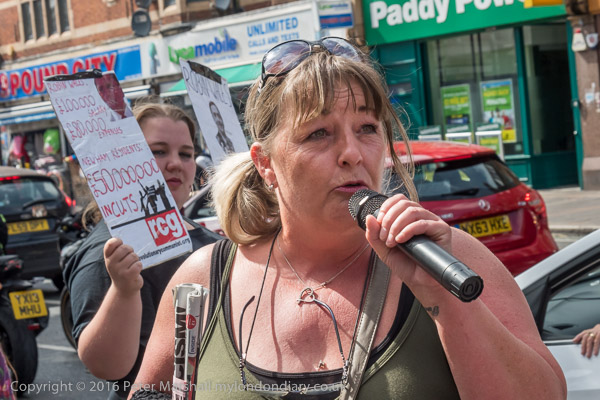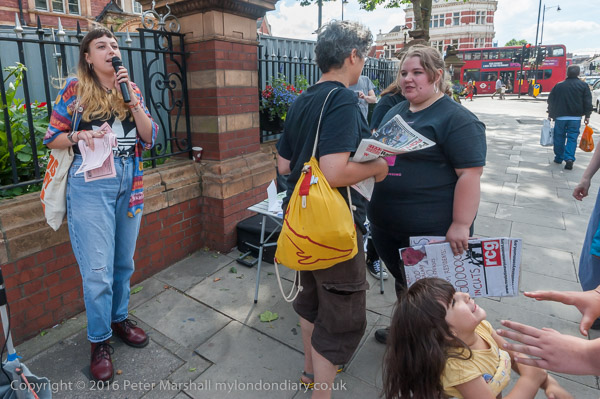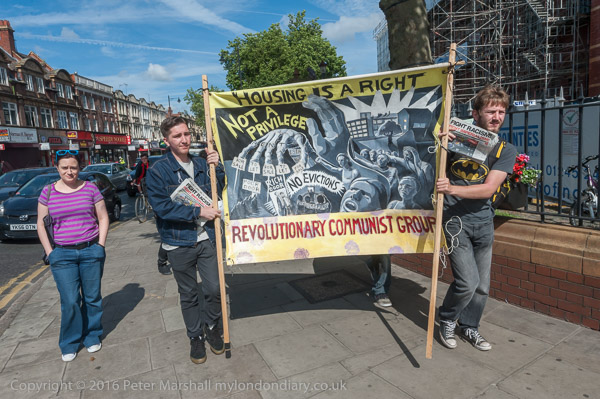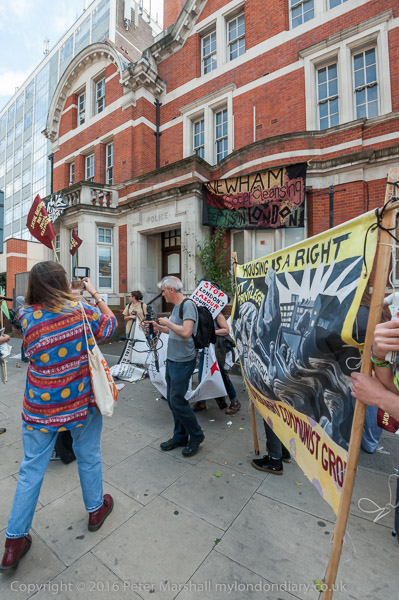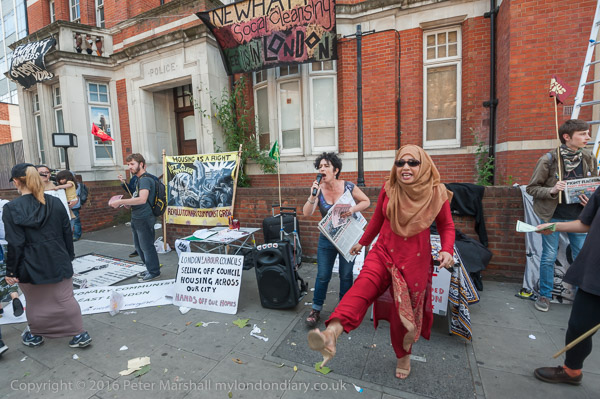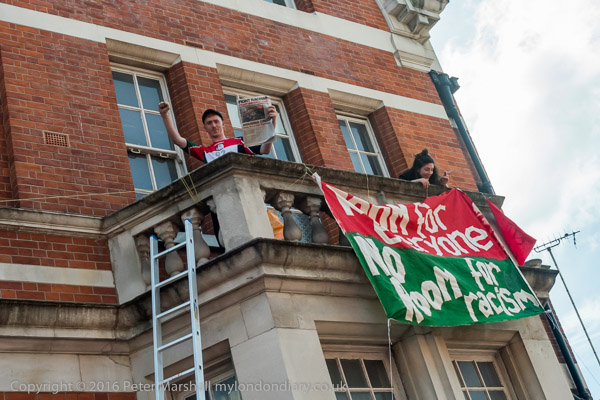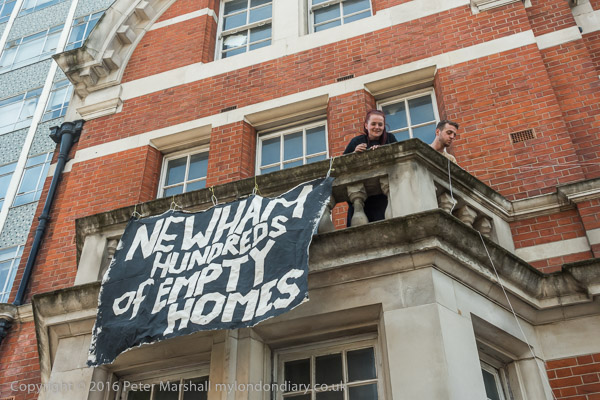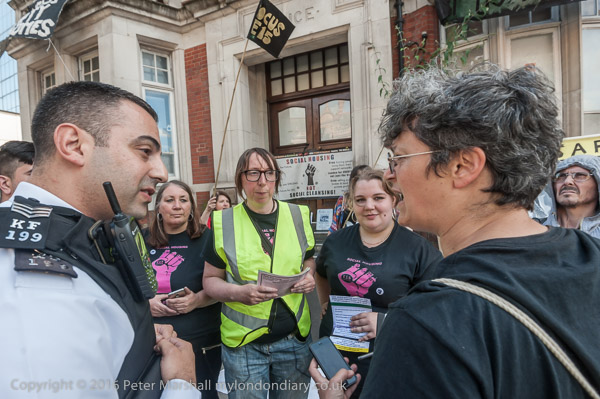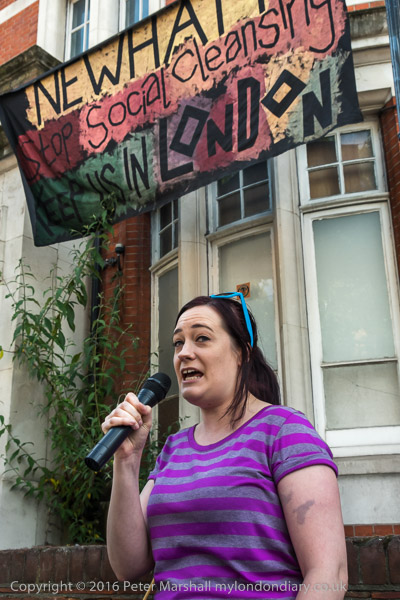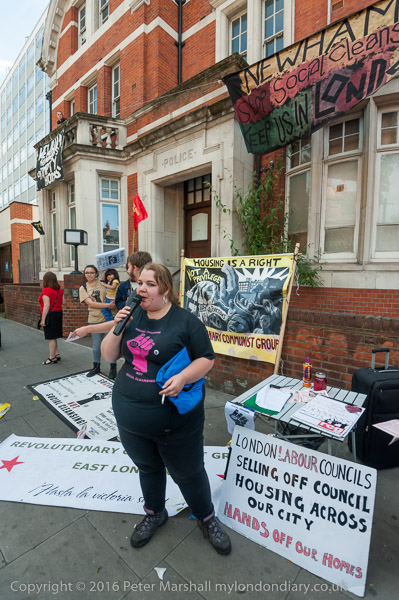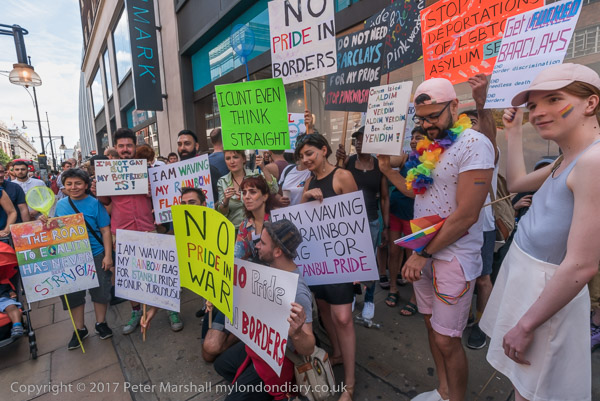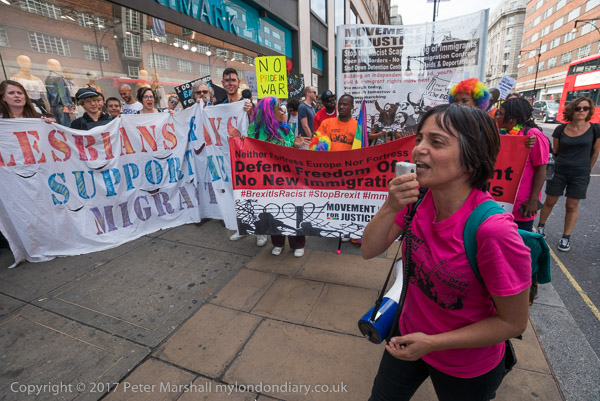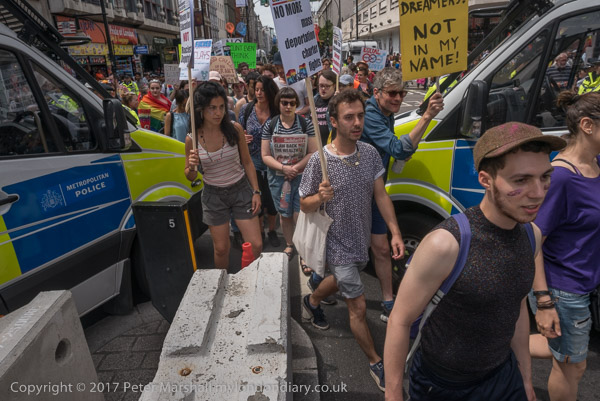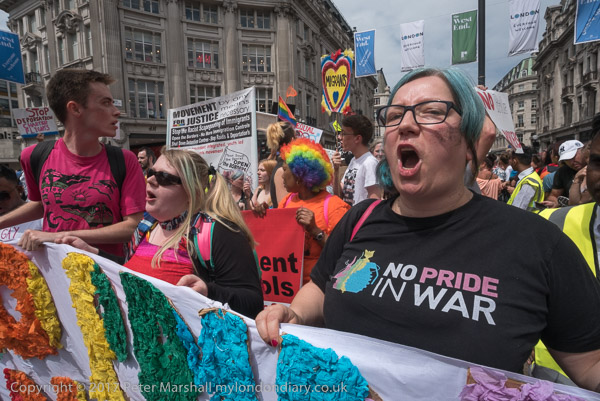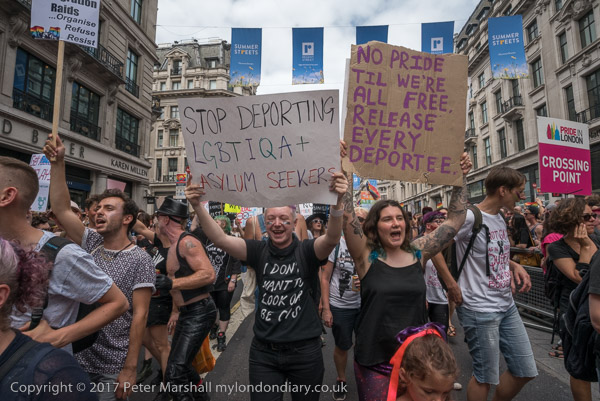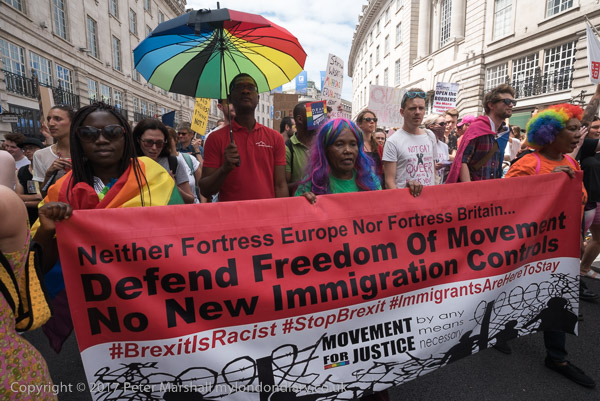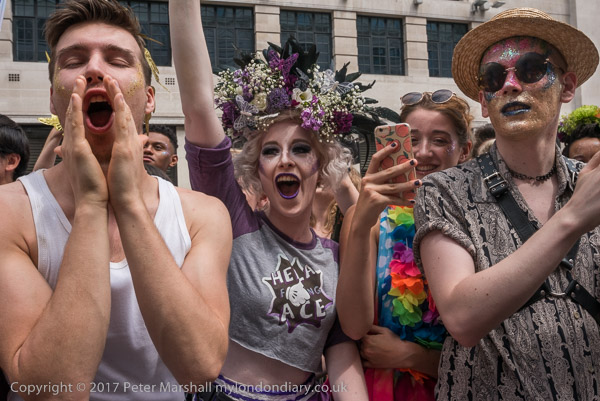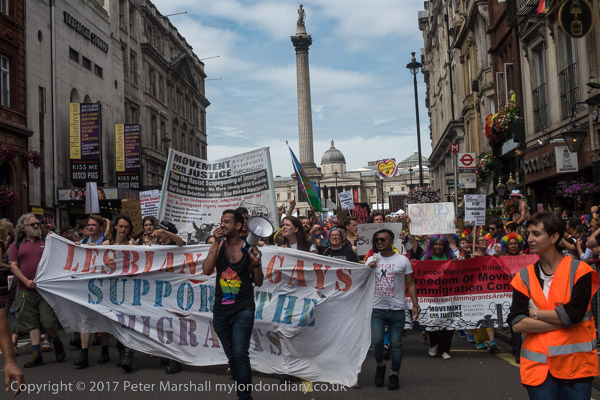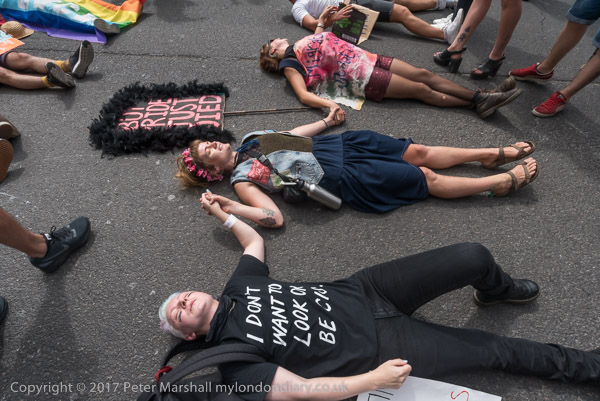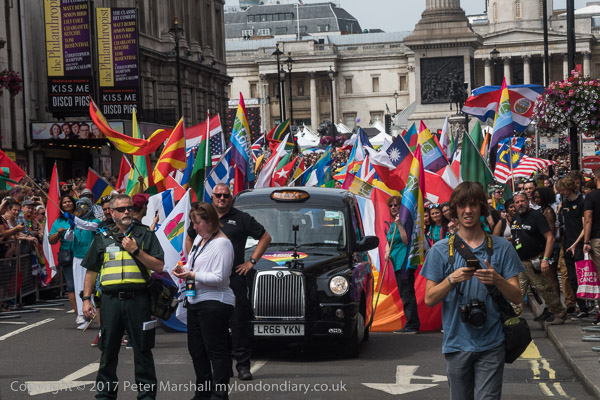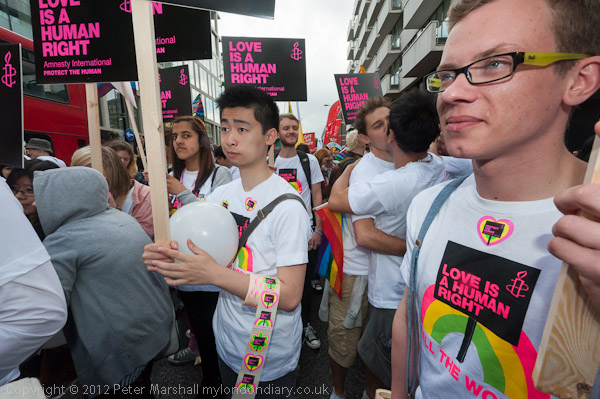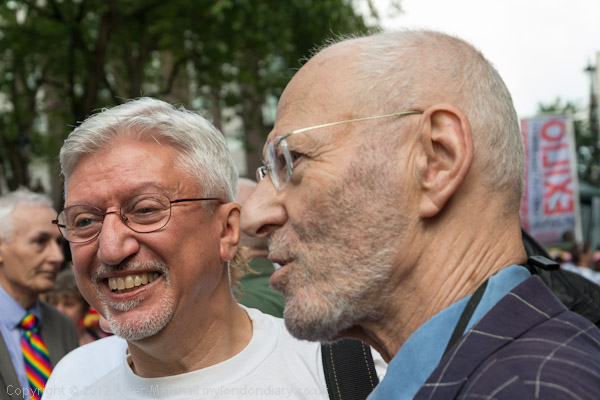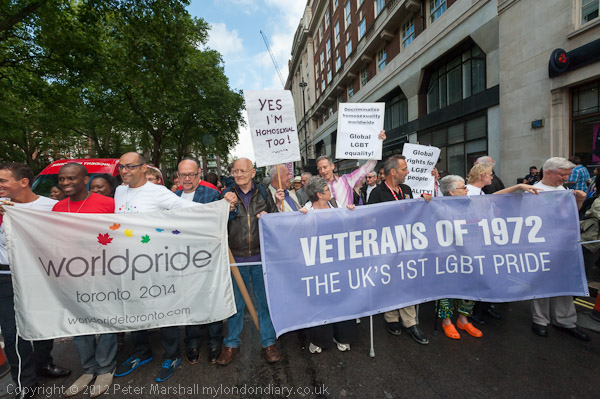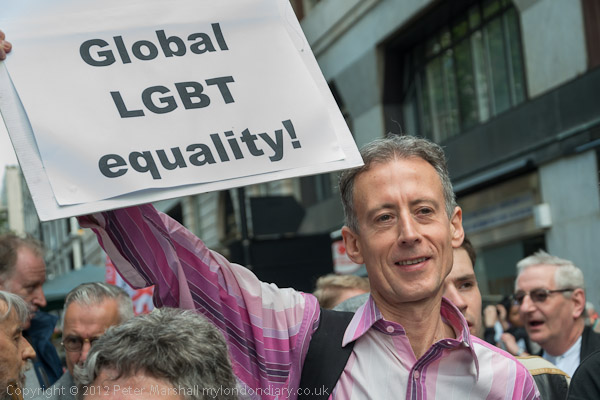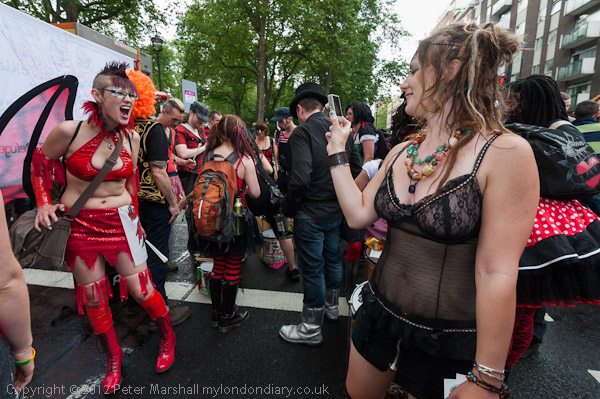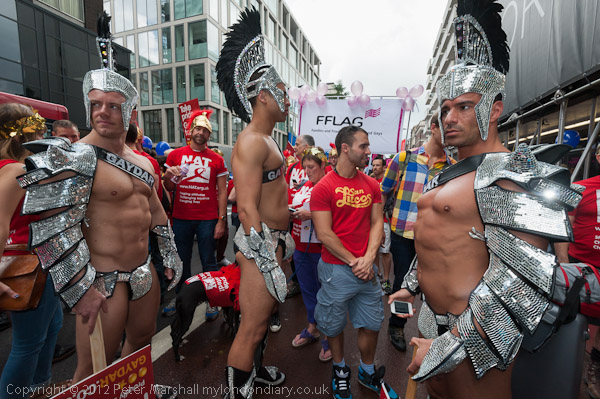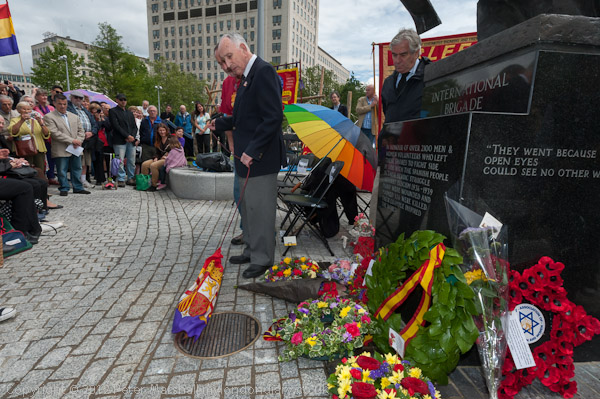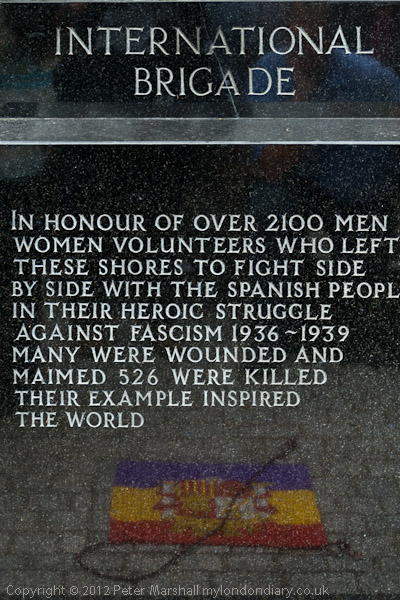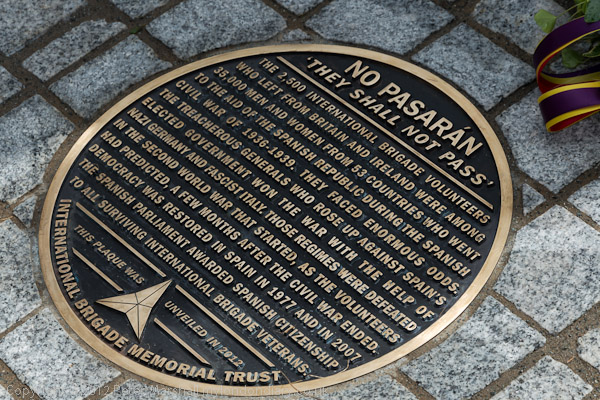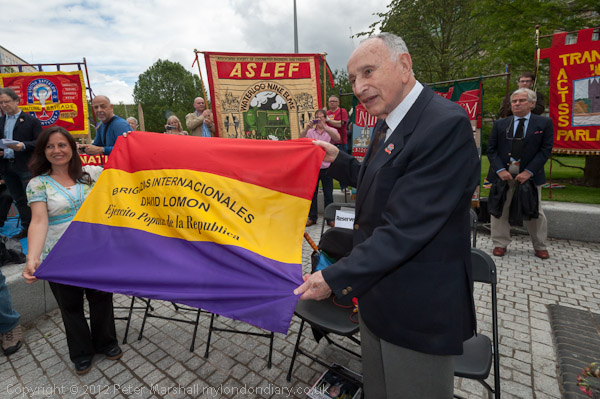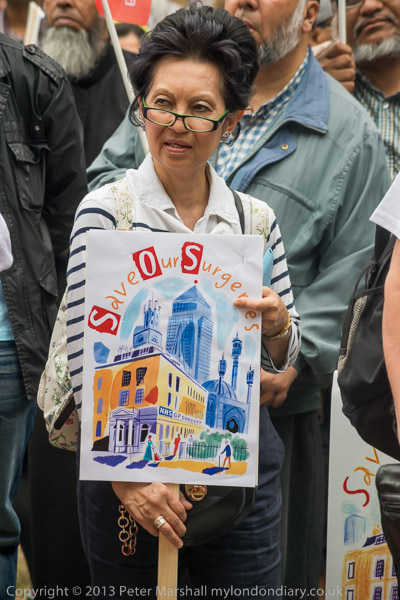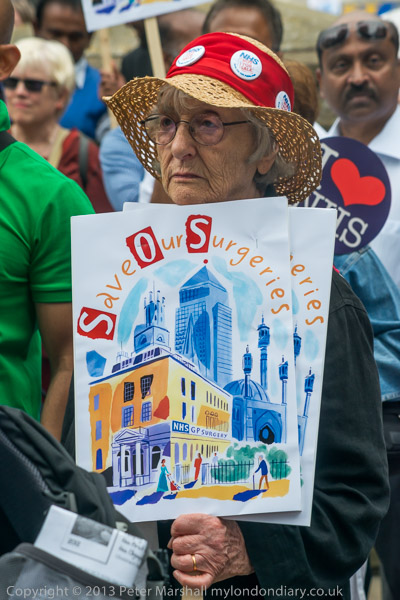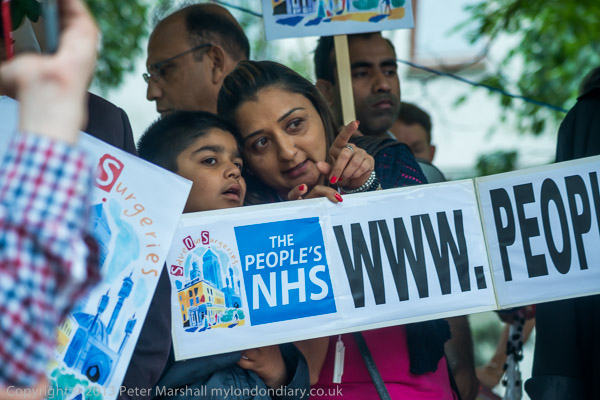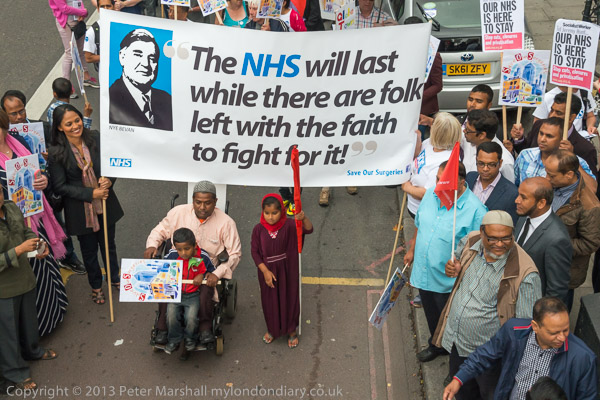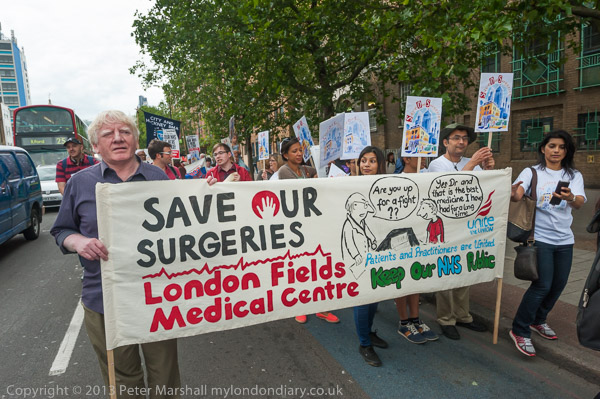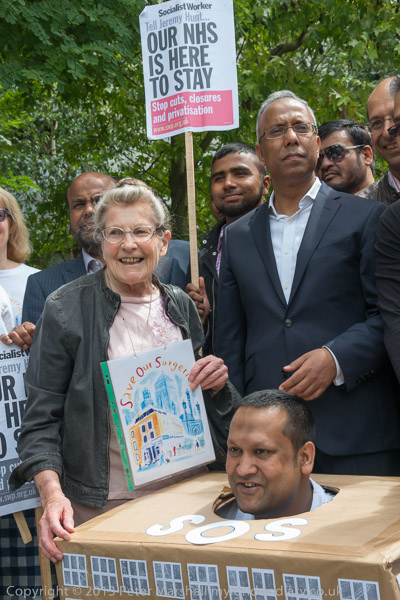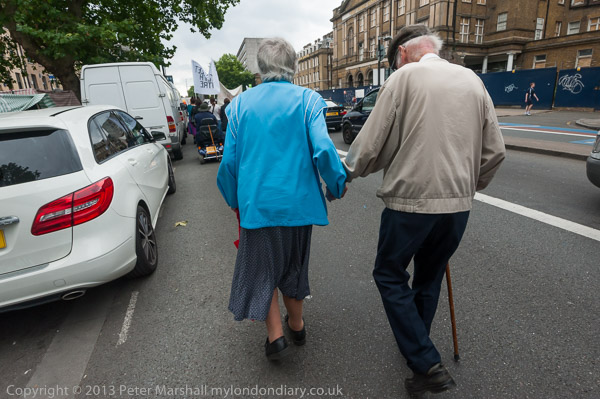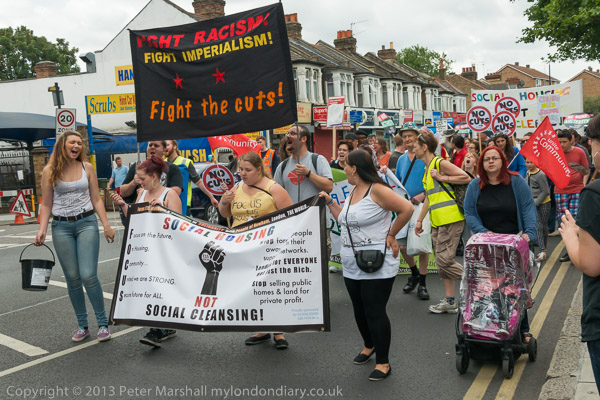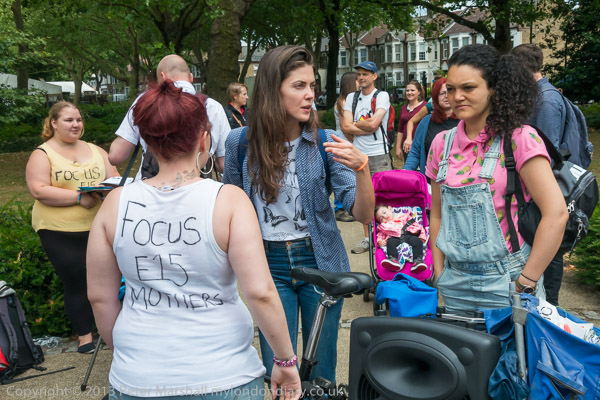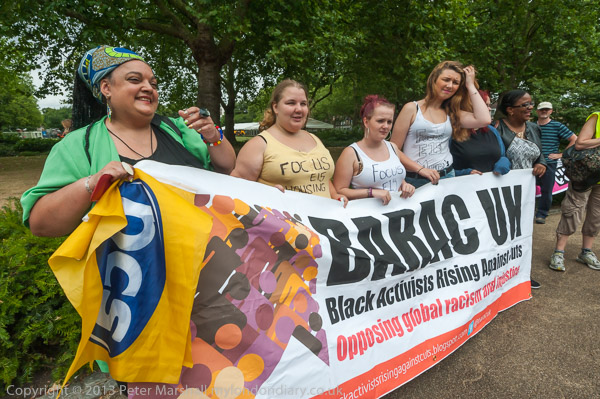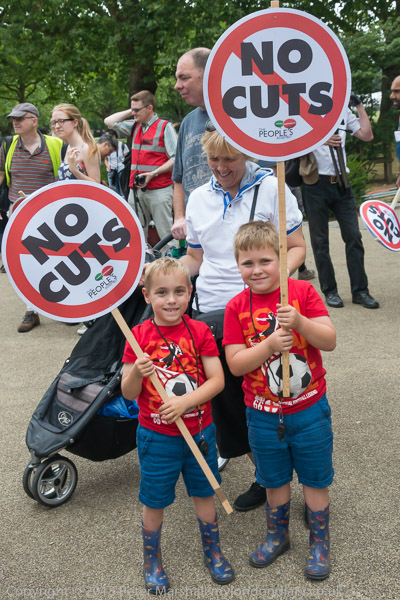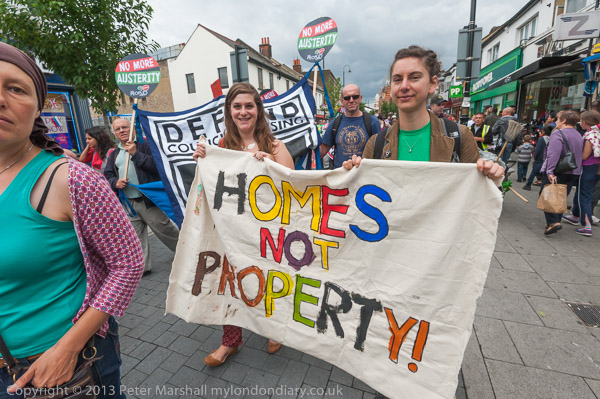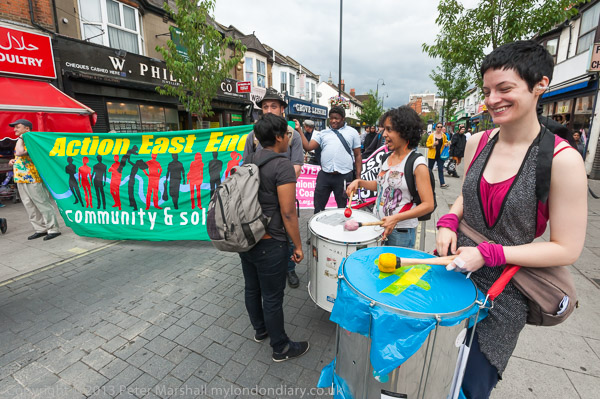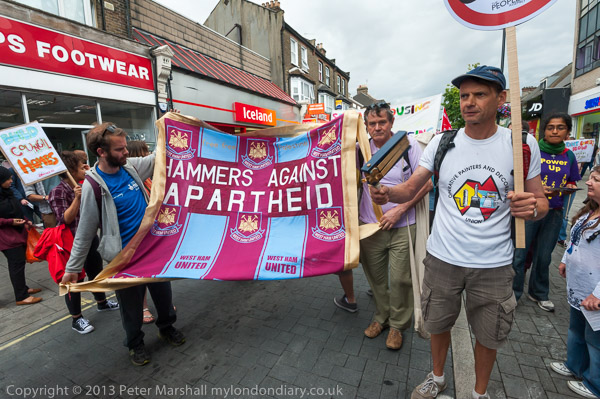PIP, NHS, Trident & Wood St Cleaners – On Wednesday 13th July 2016 I photographed two protests about the inadequate and badly run Personal Independence Payments for disabled people, a protest supporting a cross-party bill to save the NHS from privatisation, a party against replacing Trident and the longest running strike in the history of the City of London.
PIP Fightback at Vauxhall – Vauxhall
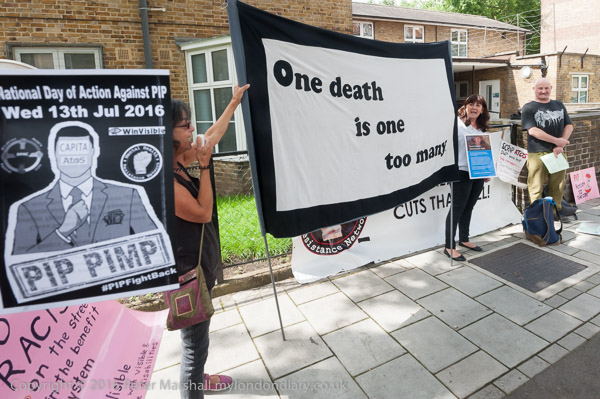
The hardest part of photographing the protest at the Vauxhall PIP Consultation Centre was actually finding the place, hidden away in a back street. This was one of around 20 protests around the country at the centres where ATOS carry out sham Personal Independence Payments ‘assessments’ on behalf of the DWP.
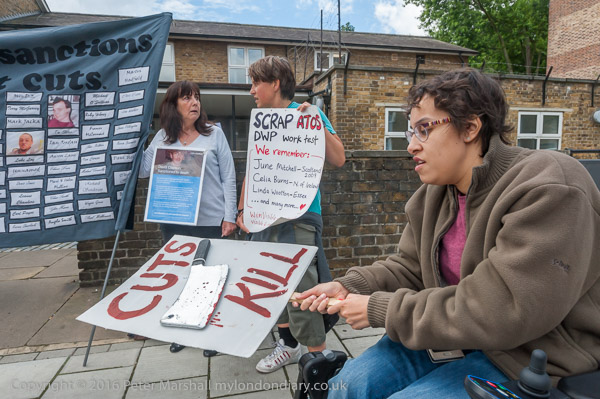
The assessments are almost solely designed to save money for the DWP, enabling them to ignore medical evidence of need and are carried out by people who are given a financial incentive to fail claimants. They often mean that genuine claimants lose essential benefits for months before they are restored on appeal. They have led to many becoming desperate, with some needing hospital treatment and a few have committed suicide after being failed.
NHS Bill protest at Parliament – Old Palace Yard, Westminster
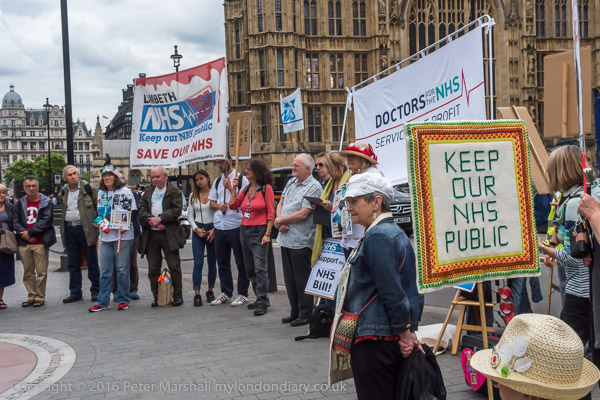
Labour MP for Wirral West Margaret Greenwood was later in the day presenting a ‘Ten Minute Rule Bill’ with cross-party support to stop the privatisation of the NHS and return it to its founding principles.
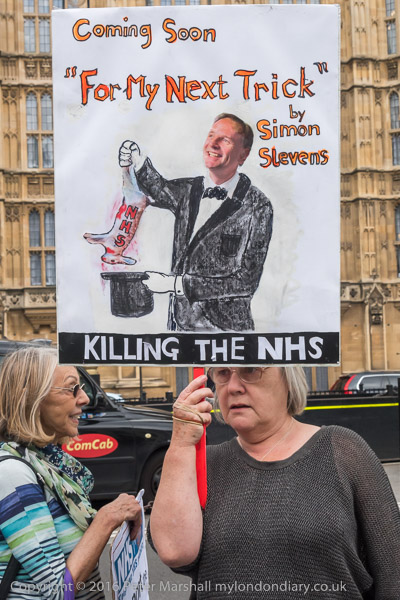
People from various campaigns had come out to support the bill, which although it had no chance of progressing into law did lead to a greater awareness of the privatisation which is slowly but apparently inevitably putting our NHS into the hands of private, mainly American, health companies, and eroding its basic principles.
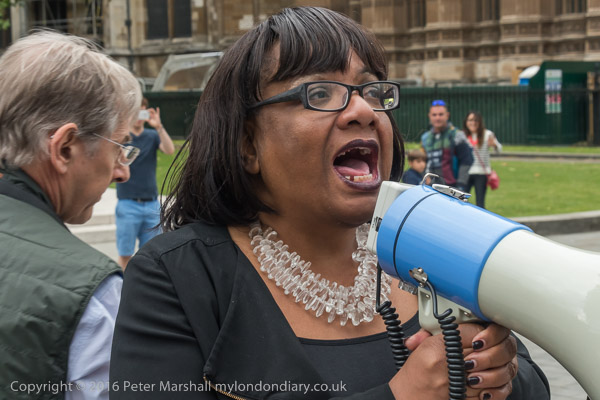
Among those who came out to speak was Shadow Health Minister Diane Abbott.
NHS Bill protest at Parliament
Disabled PIP Fightback blocks Westminster
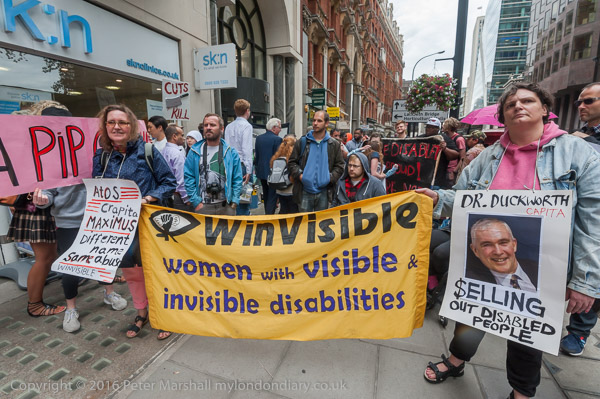
Campaigners from Mental Health Resistance Network (MHRN), Disabled People Against Cuts (DPAC) and Winvisible (Women with Invisible and Visible Disabilities) and other supporters met outside the Victoria St offices of Capita PLC, one of the companies along with ATOS responsible for carrying out the shoddy cash-saving PIP assessments.
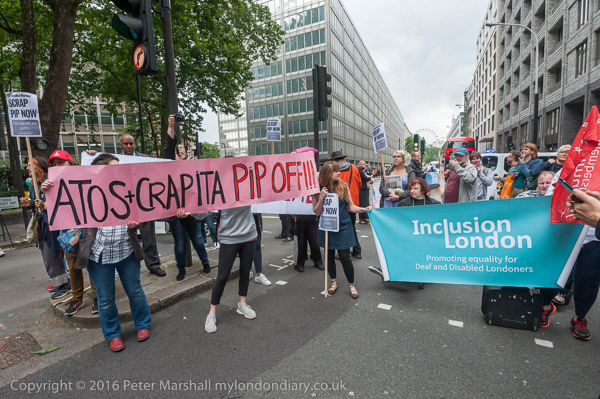
In particular these assessments are unfair on many claimants whose conditions vary day to day including many with mental health issues. The assessments make no allowances for this and fail to take any account of the medical evidence in coming to their conclusions.
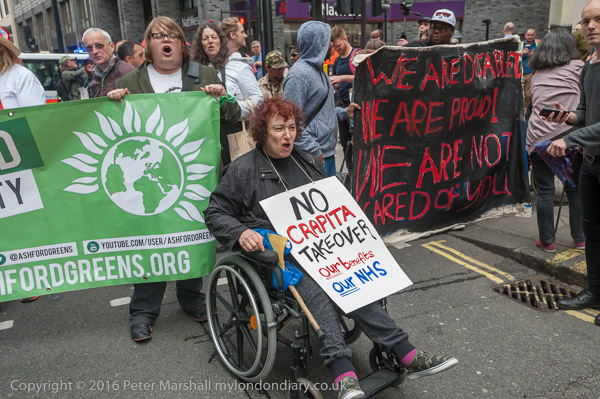
After protesting for some time on the very busy pavement where there were a number of speakers, Paula Peters of DPAC led the group out into the the middle of Victoria Street where they stood with banners and in wheelchairs blocking traffic.
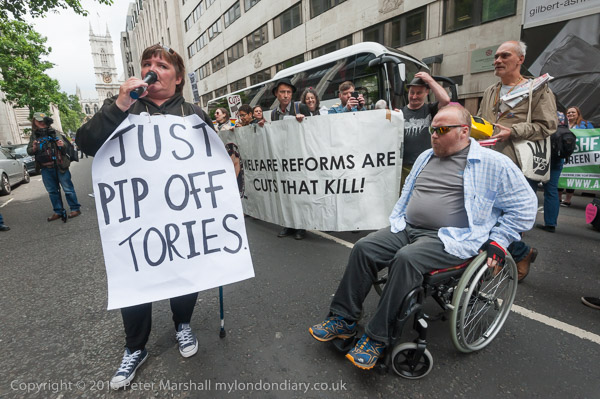
They then marched the short distance to the DWP headquarters in Caxton St, holding a further protest with speakers in the road outside.
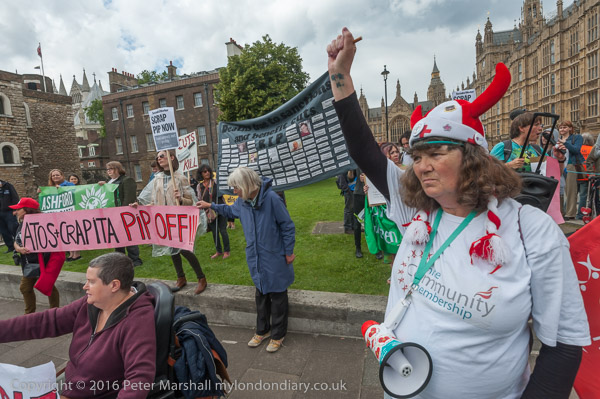
Finally they marched past the Houses of Parliament to College Green where the media had set up their ‘Westminster village’ crowded with cameras for Theresa May becoming Prime Minister. Police stopped them as they tried to go onto the grass in front of the TV cameras, and for some time they stood along the side before finally ignoring the police and going on to the green. Where the TV crews ignored the protest.
Disabled PIP Fightback blocks Westminster
Trident Mad Hatters Tea Party – Parliament Square
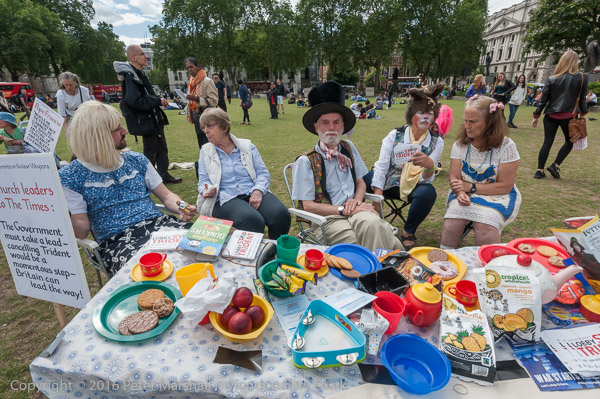
CND members and supporters were today lobbying MPs against plans to replace Trident at a cost of at least £205 billion.
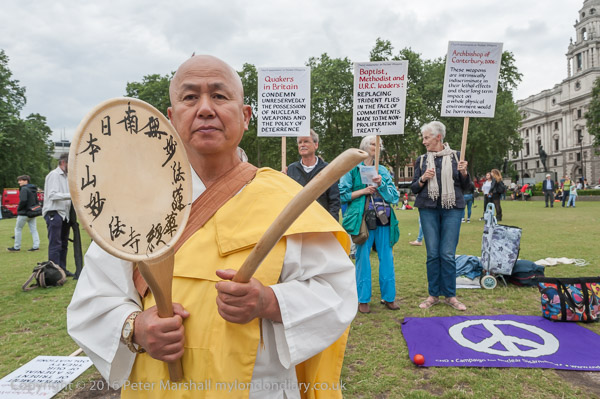
In Parliament Square they had organised a ‘Trident Mad Hatters Tea Party’ and there were various Christian groups with placards placards stating the opposition by churches of the different denominations to the replacement, with Buddhists from the Battersea Peace Pagoda adding their support.
Solidarity for Wood St Cleaners – City of London
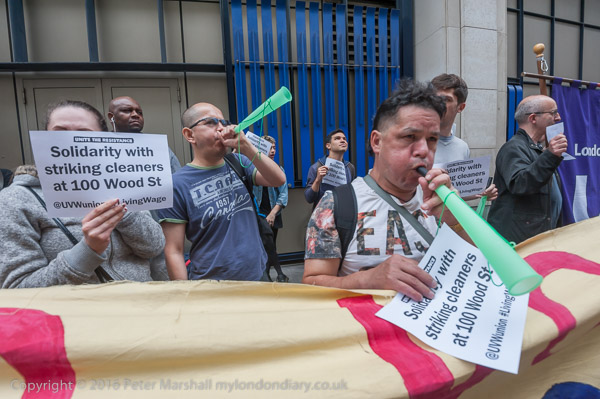
Finally I went to the heart of the CIty of London where a rally was taking place in support of cleaners belonging to the United Voices of the World union employed by anti-union cleaning contractor Thames Cleaning at the 100 Wood St offices managed by CBRE.
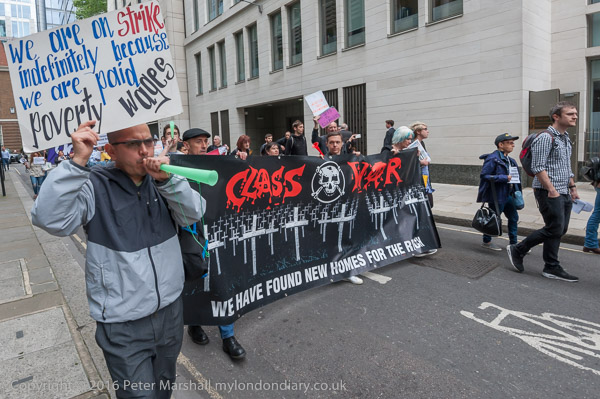
By 13th July this had already become the longest-running strike ever in the City of London and it continued into August. The UVW say:
As days became weeks, the inconvenience for white-collar workers at 100 Wood Street rightly turned into a major embarrassment for their employers, and especially for CBRE, the managers of the building. City of London police were called many times, security staff were intimidating, and the tenants were barely coping with a trickle of the former cleaning operation. Eventually, after a surprise flashmob in the CBRE’s lobby, and then a big march to mark the 50th consecutive day, the decision was taken after 61 days to raise all their pay to the London Living Wage!
https://www.uvwunion.org.uk/en/campaigns/100-wood-street/
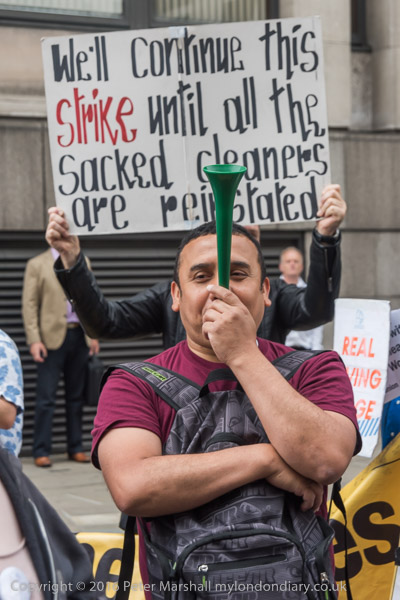
Many more pictures at Solidarity for Wood St cleaners.
